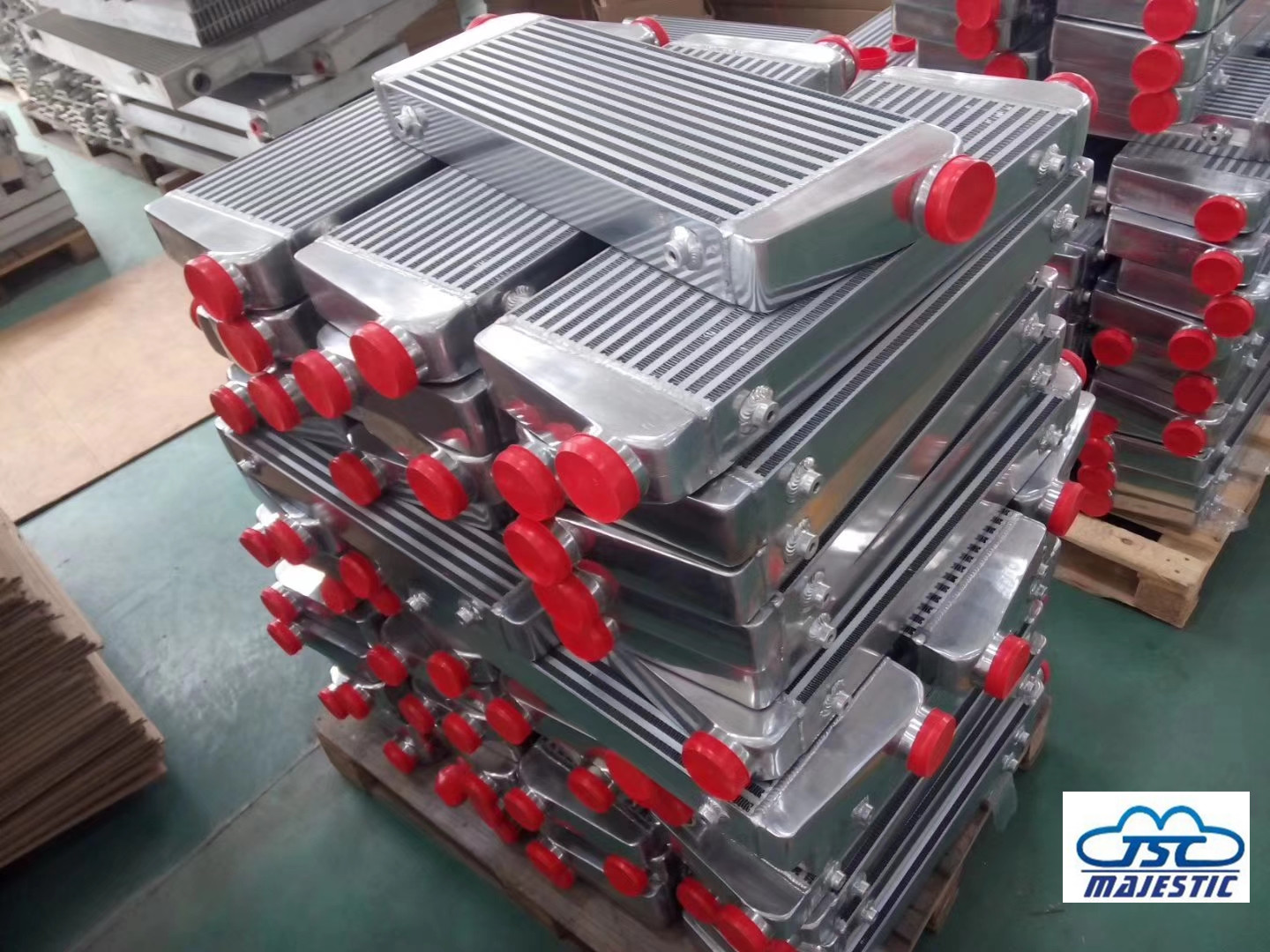

One of the reasons why a turbocharged engine has more power than a normal engine is that its air exchange efficiency is higher than the natural intake of a normal engine. When the air enters the turbocharger, its temperature will rise significantly and its density will decrease accordingly. The intercooler plays the role of cooling the air. The high-temperature air is cooled by the intercooler and then enters the engine. If there is a lack of intercooler and the supercharged high-temperature air directly enters the engine, the engine will knock or even be damaged and stalled due to excessive air temperature.

The function of the intercooler is to reduce the intake air temperature of the engine. So why should we lower the intake air temperature?
(1) The temperature of the exhaust gas discharged from the engine is very high, and the heat conduction through the supercharger will increase the temperature of the intake air. Moreover, the density of air will increase during the process of being compressed, which will also cause the temperature of the air discharged from the supercharger to increase. As the air pressure increases, the oxygen density decreases, thus affecting the effective charging efficiency of the engine. If you want to further improve the charging efficiency, you need to lower the intake air temperature. Some data show that under the same air-fuel ratio, engine power can increase by 3% to 5% for every 10°C drop in the temperature of the supercharged air.
(2) If uncooled supercharged air enters the combustion chamber, in addition to affecting the engine's charging efficiency, it can easily cause the engine combustion temperature to be too high, causing knocking and other failures, and it will also increase the NOx content in the engine exhaust gas. , causing air pollution.
In order to solve the adverse effects caused by the heating of the supercharged air, an intercooler needs to be installed to reduce the intake air temperature. .
(3) Reduce engine fuel consumption.
(4) Improve adaptability to altitude. In high-altitude areas, the use of intercooling can use a compressor with a higher pressure ratio, which allows the engine to obtain more power and improves the adaptability of the car.
(5) Improve supercharger matching and adaptability.
Working principle: The working principle of the intercooler is that using a well-designed intercooler can obtain an additional 5%-10% of power.
Some cars also use overhead intercoolers to obtain cooling air through the openings in the engine cover. Therefore, before the car starts, the intercooler will only be blown by some hot air blowing from the engine compartment, although the heat dissipation efficiency is affected. Impact, but because the intake air temperature will increase under such circumstances, the engine's fuel consumption will drop a lot, which also indirectly reduces the engine's working efficiency. However, for a powerful supercharged vehicle, too much power The unstable start caused by this situation will be alleviated in this case. Subaru's Impreza car series is a typical example of an overhead intercooler. In addition, the biggest advantage of the overhead intercooler layout is that it can effectively shorten the stroke of compressed gas to reach the engine.